Analysis of Common Problems in Chicken Hatching
Incubation problems can usually be divided into three categories: hatchery problems, egg disposal problems or breeder problems. Baby hatching in your poultry farming equipment should know about some problems. If it is caused by a breeder, it is likely to occur at least 4 weeks ago: it includes 3 weeks of incubation time and 1 week of egg storage time. The delay of determining the cause of the problem is very large. When the problem lasts for a short period of time, it even makes us unable to determine the cause. In order to find out the cause of the problem as soon as possible, and take corrective measures in a timely manner, often in the first week of incubation, take the eggs and test the detected white eggs and dead embryos.
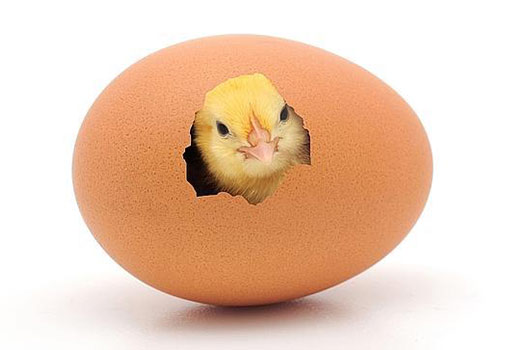
Complete and accurate records of breeder flocks (including egg production, mortality, morbidity, egg weight, eggshell quality, hatch-ability, feed consumption, and antibody monitoring data), comprehensive record of eggs from production to hatchery Provide valuable clues for most incubation issues. Your baby chickens in your layer cages for sale should be carefully rearing that can give you great
Master the six Points to Give Chickens Drugs
Drug prevention is an important aid for the prevention of epidemic diseases in chicken farms. It can prevent the increase of feeding costs when you put much funds into poultry cages for sale, the strengthening of pathogenic resistance, the dependence of chickens and the drug residues of meat and eggs products, so as to avoid the breeding benefits. For this reason, the following characteristics should be mastered when preventing drug administration.
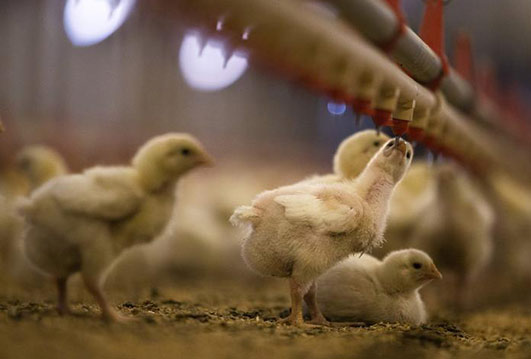
Stages--Some diseases have specific susceptibility to age, season of onset, or conditions. According to this rule, targeted medication should be used to achieve the desired effect with half the effort.
TimelinesThe opportunity of drug use is very important, and the disease is generally effective in the initial stage of infection in the germination stage accuracy.
Accuracy - At present, there are many kinds of drugs, and there are many kinds of drugs available for the same kind of diseases, but the effect will be different for a specific flock. Therefore, the drug sensitivity test should be done again, and the history of the chickens and the experience of the breeder should be used in your chicken farm equipment of chicken waterer supplies.
The Reason Why the Wet Curtain of the fan Don’t Cool
The reason why the wet curtain of the poultry cages for sale does not cool is that the farmer can first check the water level of the wet curtain equipment of the fan. It may be because the water level of the fan wet curtain equipment of the farmer is low and the adjustment of the float valve is wrong. The water level can be adjusted to 80- It is better to have around 100 marks.
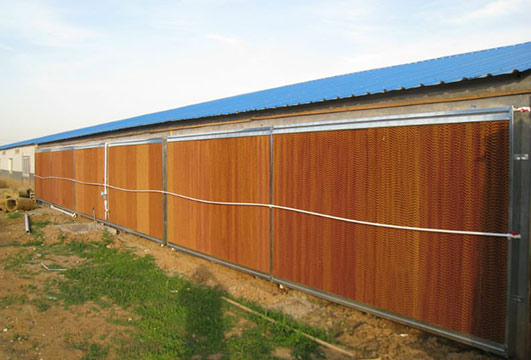
If the poultry farmer is in the process of using the fan wet curtain and the drain valve is stuck, the solution is to replace the drain valve. There is no other better way.
The filter water distributor of the fan wet curtain is blocked: because the water needs to be used for a long time, the filter water distributor is more likely to be fouled, and timely cleaning is very important to prevent the occurrence of fouling.
What is the Best Chicken Farming Density?
The number of chickens per square meter of feeding area in chicken layer cages for sale is called the stocking density. The feeding and drinking position occupied by each chicken is also an indispensable condition for mastering the stocking density. If the density is too large, the chickens are crowded, the environmental humidity is increased, the feeding is uneven, the chicks are not well-developed, the disease and convulsions are susceptible, the chicks are weakened, the mortality rate increases, and the growth rate decreases.
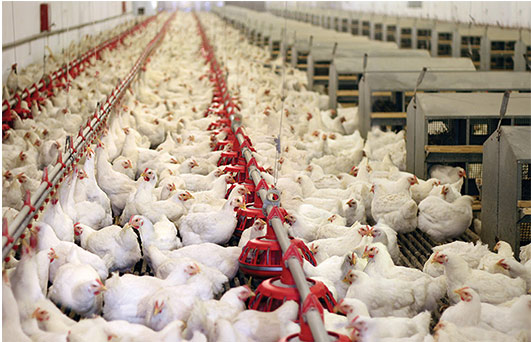
The low density of chickens raised in wire chicken cages for sale is beneficial to the survival and growth of the chicks, but it is not conducive to heat preservation and is not economical. The density should be adjusted according to the type, variety, brooding mode, season, age, ventilation status of the chicks. Automated farming equipment cage brooding should be correspondingly increased with age, the density should be reduced by about 30% at 3 - 4 weeks of age, and by about 15% at 5-6 weeks.
Suitable Humidity and Temperature for Raising Chickens
Humidity is closely related to evaporation of water in the chicken body when they are raised in poultry equipment cages, body heat emission and cleanliness of the house are very important.
When the temperature is high and low humidity, the water in the chicken is not dispersed too much, which may lead to dehydration of the chicks. In addition, due to drying, the dust inside the house is flying, and it is easy to induce respiratory diseases.When the temperature is low and high humidity, the house is cold and humid, and the chick is prone to cold, causing the litter to be wet, and the gastrointestinal disease occur. In general,when the temperature is high and high humidity, the heat in the chicks is not easy to be emitted normally, suffocating, appetite is falling, growth is slow, and resistance is weakened.
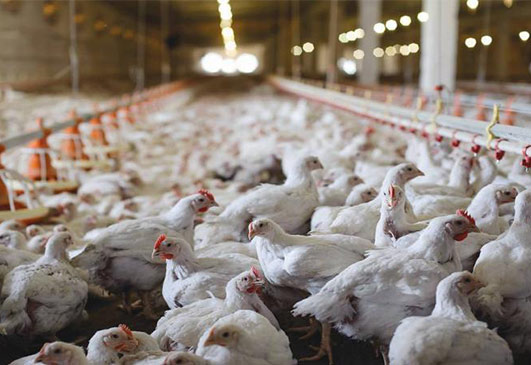
The laying house of the laying hens should be kept dry to prevent bacterial growth and infection, but the relative humidity should not be lower than 40%. Suitable relative humidity is 60% -65% before 10 days old and 50%-60% after 10 days old in your poultry farm equipment house.
